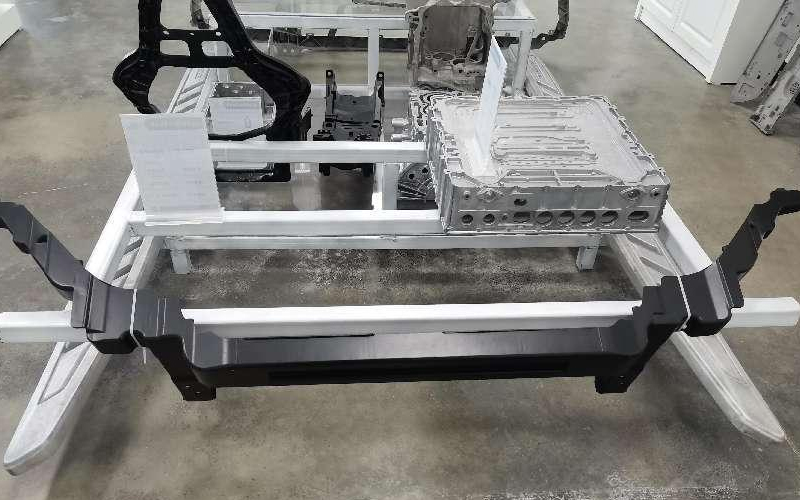Introduction:
In today’s highly competitive manufacturing industry, companies are constantly striving to improve the quality and efficiency of their production processes. One emerging technique that has gained significant attention in recent years is squeeze casting. This innovative manufacturing method combines the advantages of casting and forging to produce high-quality, near-net shape components with enhanced mechanical properties. In this article, we will explore the principles, applications, and benefits of squeeze casting.
Principles of Squeeze Casting:
Squeeze casting involves the injection of molten metal into a preheated die cavity under high pressure. The application of pressure during solidification eliminates the presence of porosity, resulting in a denser and stronger product. The pressure helps to fill the mold completely, reducing the formation of defects such as shrinkage and gas porosity. A controlled cooling process is then applied to ensure the desired microstructure and mechanical properties. The combination of pressure and controlled solidification sets squeeze casting apart from conventional casting techniques.
Applications of Squeeze Casting:
Squeeze casting offers numerous benefits, making it suitable for a wide range of applications across various industries. One of the primary sectors that extensively utilizes this technique is the automotive industry. Squeeze cast components, such as engine blocks, cylinder heads, and suspension components, exhibit superior strength, wear resistance, and dimensional accuracy. These characteristics contribute to improved engine performance, fuel efficiency, and overall vehicle safety.
Squeeze casting finds application in the aerospace industry. Components such as turbine blades, aerospace structural parts, and landing gear components require high strength, heat resistance, and precise dimensions. Squeeze casting enables the production of such complex parts with minimal post-processing, reducing lead time and costs.
Benefits of Squeeze Casting:
Squeeze casting offers several advantages over conventional casting methods, making it an attractive choice for manufacturers. One major benefit is the improved mechanical properties of the final product. The combination of pressure and controlled solidification results in a fine-grained microstructure and enhanced material strength. The absence of porosity increases the material’s fatigue resistance and dimensional stability.
Another advantage is the near-net shape capability of squeeze casting. The process allows for the production of complex geometries with minimal machining or post-processing. This reduces material waste and energy consumption, contributing to cost savings and environmental sustainability. Additionally, the elimination of porosity and defects reduces the need for costly and time-consuming inspections and rework.
Squeeze casting enables the use of a wide range of materials, including aluminum, magnesium, and copper alloys. This versatility allows manufacturers to select the most appropriate material for each application, considering factors such as strength, weight, and cost. The ability to tailor material properties enhances the performance and durability of the final product.

Conclusion:
Squeeze casting is a modern manufacturing technique that combines the benefits of casting and forging to produce high-quality components with enhanced mechanical properties. Its applications span across various industries, including automotive and aerospace. By eliminating porosity and defects, squeeze casting leads to improved product quality, dimensional accuracy, and material strength. The near-net shape capability reduces material waste and processing time, contributing to cost savings and environmental sustainability. As manufacturers continue to seek innovative solutions to improve product quality and efficiency, squeeze casting is proving to be a promising option in the modern manufacturing landscape.
-

- Bicycles for Children Kids Bikes for 3-16 years old Child /OEM Baby Children Cycle Kids Mountain Bicycles 2022
-

- CNC machined parts Steering bracket
-

- Детали БПЛА для тиксомолдинга из магниевого сплава
-

- CNC machining auto dashboard bracket
-

- Die cast magnesium parts laptop housing cover D
-

- Литой под давлением сплав марганца Thixomolding шлем

 0086-750-5616188
0086-750-5616188 +86 13392089688
+86 13392089688 sales@zhongmei-tech.com
sales@zhongmei-tech.com






